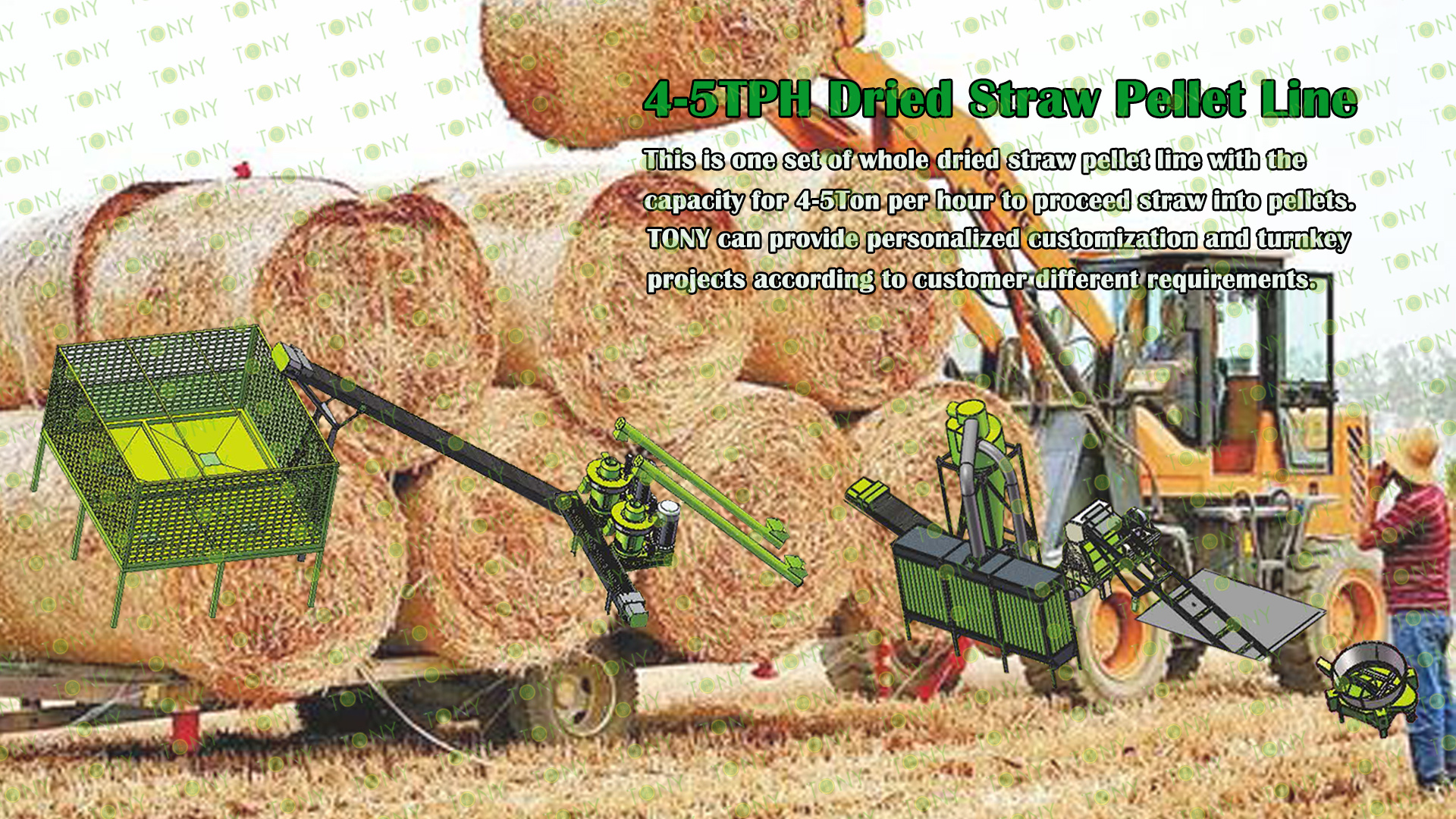

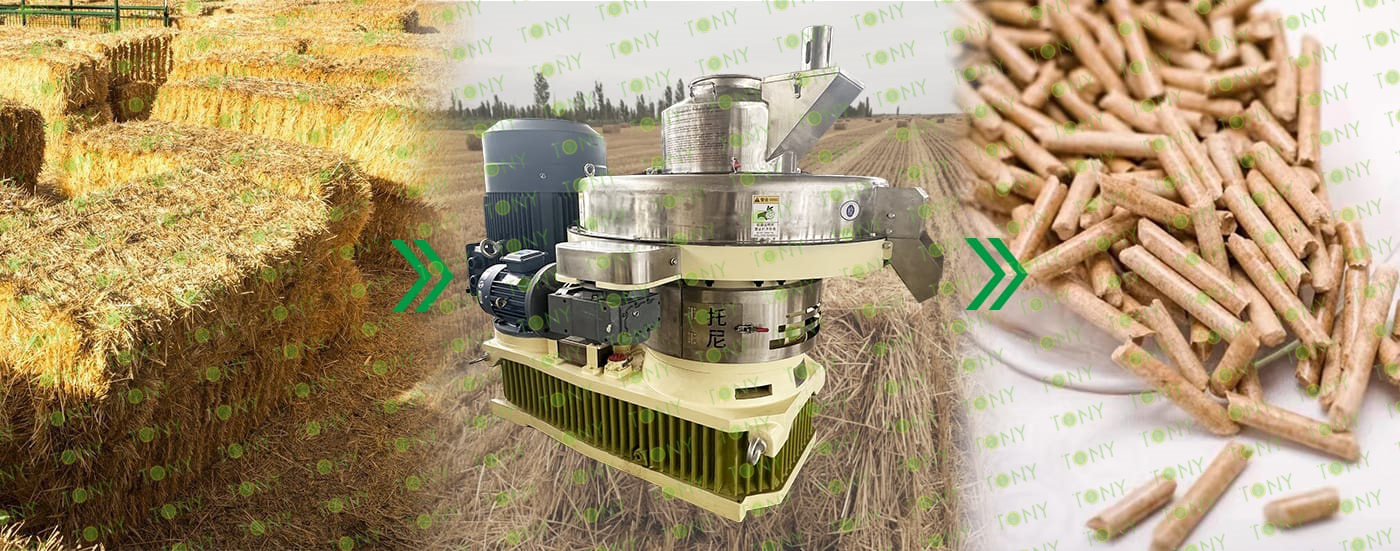
1. The Working Principle Of Dried Straw Biomass Pellet Processing Equipment
The dried straw biomass pellet processing equipment is used to convert dried straw and other biomass raw materials into pellet fuel. Dried straw usually has a relatively low moisture content, and its processing principle is more straightforward compared to that of straw processing. Firstly, the dried straw raw materials do not need to go through a drying process (since they are already dry) and can be directly chopped by shredders and other pretreatment equipment. After being chopped, the dried straw enters the pelletizer for pressing. During the pressing process, due to the low moisture content and stable fiber structure of the dried straw, the adjustment of pressure and temperature is relatively simple compared to straw processing, because there is no problem of moisture affecting the plasticity and fluidity of the materials. Finally, the pellet biomass fuel that meets the quality standards is produced.
2.The Characteristics Of Dried Straw Biomass Pellet Processing Equipment
(1) Energy Consumption Characteristics: The dried straw biomass pellet processing equipment has relatively low energy consumption. Since there is no need for a high-energy-consuming drying step like in straw processing, the overall energy consumption is significantly reduced. The equipment can efficiently process dried straw into fuel pellets, and with the application of energy-saving technologies in the pelletizing process, the energy consumption is continuously optimized, demonstrating a high energy utilization efficiency in biomass pellet production.
(2) Raw Material Adaptability: The biomass pellet machine used for dried straw processing has good adaptability to raw materials. Dried straw has relatively stable physical properties, and its fiber structure and thickness are relatively consistent in the dry state. The pellet machine is equipped with various specifications of molds. According to the specific characteristics of dried straw, such as the thickness of the straw fibers and the length of the chopped sections, suitable molds can be selected to ensure the stable formation of pellets and effectively avoid processing problems caused by differences in raw material characteristics.
(3)Equipment Design: The design of the dried straw biomass pellet processing equipment is optimized for the characteristics of dry materials. Since there is no corrosion risk brought by materials, the equipment focuses more on efficient material handling in terms of material selection and structural design. The chopping and pelletizing processes are coordinated with each other to ensure that the equipment can stably output high-quality pellet products. The process design from chopping to pelletizing fully considers the physical properties of dried straw, making the entire processing process smooth and efficient.
(4)Automation Level and Operation: The dried straw biomass pellet processing equipment has a high level of automation and relatively simple operation. Workers only need to receive training in operating the shredders and the pelletizer. Since there is no need to pay attention to the changes in the moisture content of the raw materials, the monitoring and adjustment links in the operation process are relatively reduced. The equipment is designed with full consideration of the convenience of operation, and the characteristics of dried straw being easy to convey and process also make the entire production process more smooth, reducing the labor intensity of workers and improving production efficiency.
3. The Application Scenarios of Dried Straw Biomass Pellet Processing Equipment
(1) Domestic Solid Fuel: The dried straw fuel processed into pellets is convenient to store and use. Due to its dry characteristics, it can be stored for a long time and maintain good performance as long as it is placed in a dry and ventilated place. The dried straw pellet fuel is clean, hygienic, and highly safe, and is especially suitable for rural and suburban households for winter heating, etc., providing households with an economical and environmentally friendly solid fuel option.
(2) The Main Solid Fuel for Industrial Boilers: Dried straw biomass pellets can replace raw coal, heavy oil, and natural gas in industrial boilers, effectively reducing air pollution. Dried straw itself has a low sulfur content. After being made into pellet fuel, for every 10,000 tons burned, it can replace a considerable amount of standard coal, significantly reducing the emissions of sulfur dioxide, smoke, and carbon dioxide. In industrial production, the stable supply of dried straw biomass pellets helps enterprises meet environmental protection requirements while reducing fuel procurement costs and improving economic benefits.
(3)Thermal Power Generation: The fuel calorific value of dried straw pellets can reach a certain range, and the specific value is affected by factors such as the type of straw. In areas rich in dried straw resources, it can be an important fuel option for thermal power generation. Dried straw pellets burn stably and can provide continuous energy support for the power generation process. By optimizing the combustion technology and equipment operation parameters, dried straw biomass pellets can play a greater role in the power generation field, helping the power industry to develop towards a sustainable and diversified energy structure and reducing the dependence on traditional fossil fuels.
In short, the dried straw biomass pellet fuel has the characteristics of being "environmentally friendly", "energy-saving", "renewable", and "low-carbon emission". The biomass fuel made from dried straw is a high-quality renewable energy source that can replace coal. Considering multiple aspects such as cost control, long-term energy conservation, and environmental protection, after reasonable processing, the dried straw biomass fuel has strong competitiveness in the energy market and is expected to become a powerful alternative to coal.

TONY Brand 4-5 Ton/Hour Dried Straw Manufacturing Plant can take dried straw, along with various types of biomass materials related to agricultural residues. Although dried straw is the main raw material, it can also incorporate materials like dried corn stalks, rice straw, and other similar dry agricultural by - products. After pretreatment and processing, these materials are solidified into high - density dried - straw - based fuel. This fuel serves as an excellent substitute for coal and oil, contributing significantly to energy conservation and emission reduction efforts. Currently, it has found extensive application in agricultural regions with abundant straw resources.
1. Capacity: 4-5Ton/Hour
2. Raw materials: Dried straw, including dried corn straw, dried wheat straw,dried cotton straw,dried flax straw, dried beet straw, alfalfa straw and other agricultural straw and grass
3. Moisture: Dried Type,About 10-15%
4. Application: All kinds of biomass materials suitable for pellet production.
Suitable customers: Green energy companies, agricultural cooperatives, and small - scale rural processing units that have ready access to Dried straw and related agricultural residues.
5. Finished Pellets Markets: Large power plants, domestic heating systems in rural and suburban areas, industrial heating facilities in rural - based industries, combustion heat applications in local manufacturing units, heating systems in rural schools and community centers, boiler rooms in small - scale rural enterprises, and canteens in rural educational institutions.,farms, feed mills.

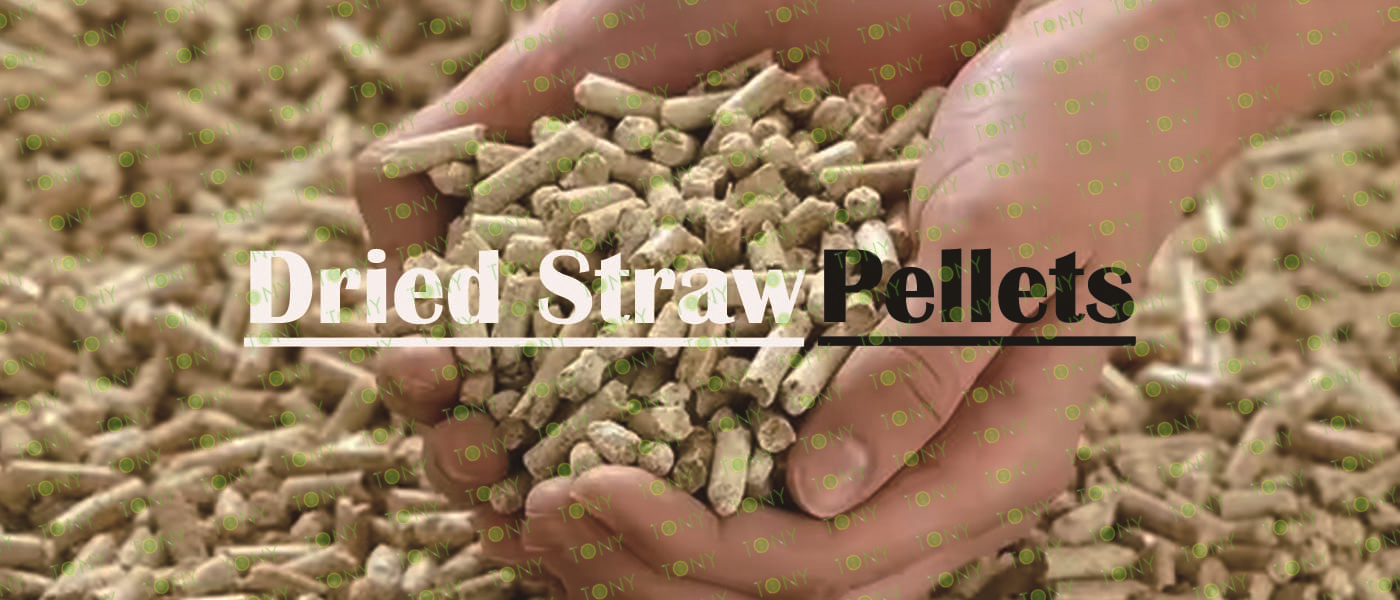
1. Project Name: Dried Straw Production Line
2. Raw Material: Bales Of Dried Straw
3. Moisture Content of Raw Material: 10-15%
4. Capacity: 4-5 tons per hour
5. Process: Grinding Process - Fine Crushing Process - Pelletizing Process - Cooling Process - Packing Process
6. Main Equipment: Straw Cutter TPX2500-90kw, Effective Hammer Mill TFD75-132-132KW, TONY Pellet Machine TYJ551-III-132KW,Galvanized Pellets Cooler, Semi-automatic Packing Machine and Belt Conveyors

|
How To Use TONY Pellet Line To Proceed From Dried Straw Into Pellets? It Mainly Contains The Following Steps And Machines As Following: 1.To Use TONY Straw Cutter To Grind Dried Straw Bales φ ≤2200mm Into 60-70mm Dried Straw Pieces. 2.To Use TONY Effective Hammer Mill To Crush 60-70mm Bigger Dried Straw Pieces Into 8-14mm Dried Straw Dust. 3.To Use TONY Vertical Ring Die Pellet Machine To Products Pellets With φ6-8mm. 4.To Use TONY Galvanized Pellets Cooler To Cool Pellets From 80-90℃ To 20-30℃. 5.To Use TONY Semi-automatic Packing Machine To Packing Pellets To 15-50Kg/Bags. You Can Contact TONY To Get For More Details Information And Quotation. TONY Can Supply You All The Products As Above With Competitive Price And Excellent Quality. |
|
|||||||||||||||||||||||||||||||||||||||||||||


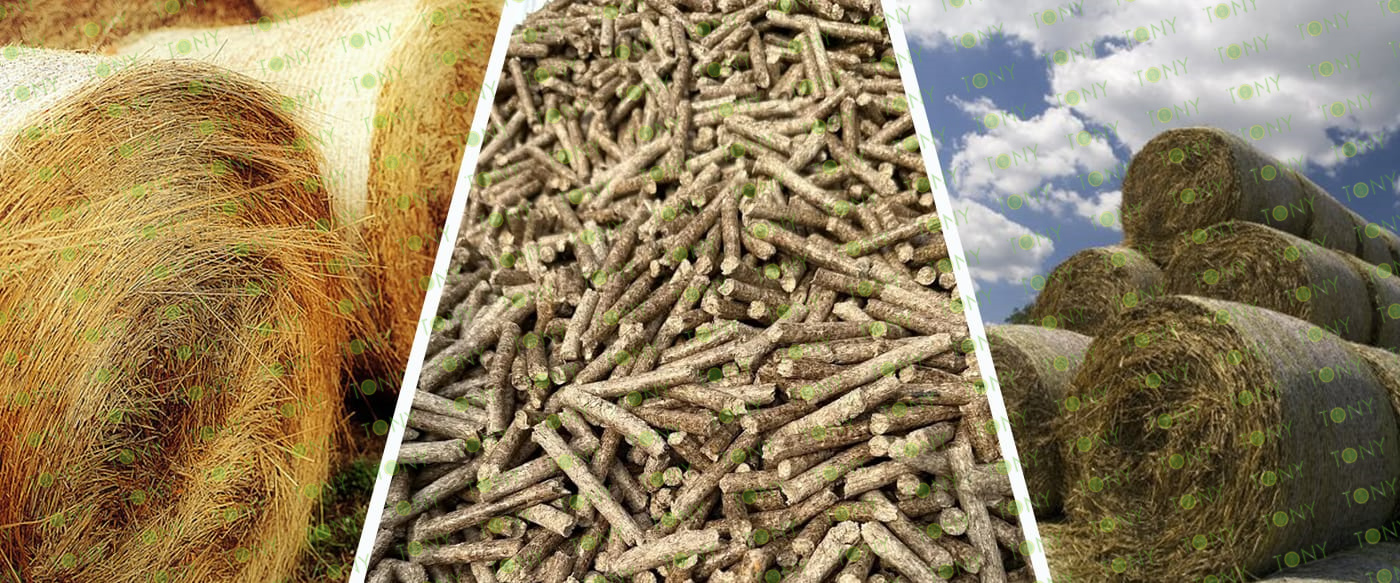

| Next, TONY Will Introduce To You All The Necessary Machinery That Will Be Used For The Whole Pellet Production Line. Some Machines Can Be Custom - Made By Customers According To Different Customers' Detailed Demands. Contact TONY For More Details, Including Quotation And Layout. | ||
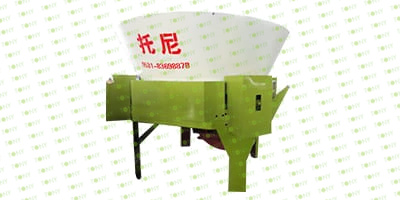 |
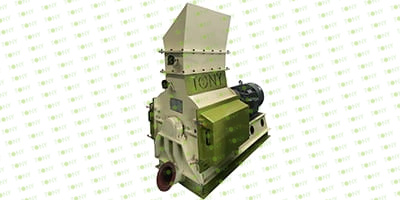 |
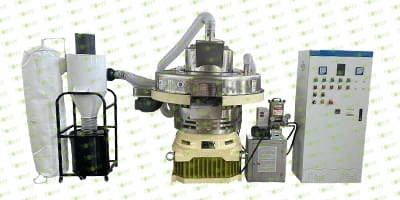 |
| Straw Cutter | Effective Hammer Mill | Vertical Ring Die Pellet Machine |
|
1.To Grind Wet Straw Bales Diameter <2200mm Into 60-70mm Wet Straw Pieces 2.Model:TPX2500-90kw-2blades-24hammers*1Set 3.Capacity:1-7Ton/Hour/Set |
1.To Crush 60-70mm Wet Straw Pieces Into 8-14mm Wet Straw Dust. 2.Model: TFD75-132-132KW*1Set 3.Capacity:4-5Ton/Hour/Set |
1.To Produce Straw Pellets With a Diameter Of 6-8mm 2.Model: TYJ551-III-132KW*2Sets 3.Capacity:2-2.5Ton/Hour/Set 4.New 304SS Type |
 |
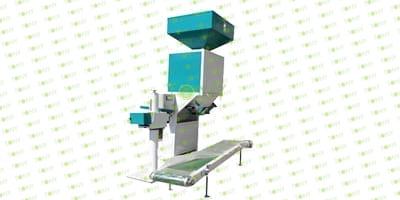 |
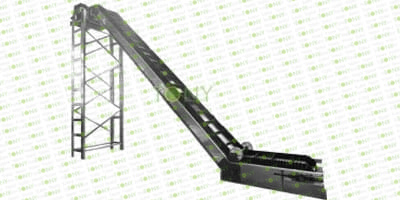 |
| Galvanized Cooler Seperator | Semi-automatic Packing Machine | Belt Conveyor |
|
1.To Cool Pellets From 80-90℃ to 20-30℃ 2.Model:TCN-2.5*1Set 3.Capacity:4-5Ton/Hour |
1.Packing Pellets To 15-50KG/Bags. 2.Model: TBF-50*1Set 3.Capacity: 4-5Ton/Hour |
1.Transport Straw Pieces,Straw Dust,Pellets. 2.Width: 80cm *7Sets 3.Capacity:Designed With The Whole Line |

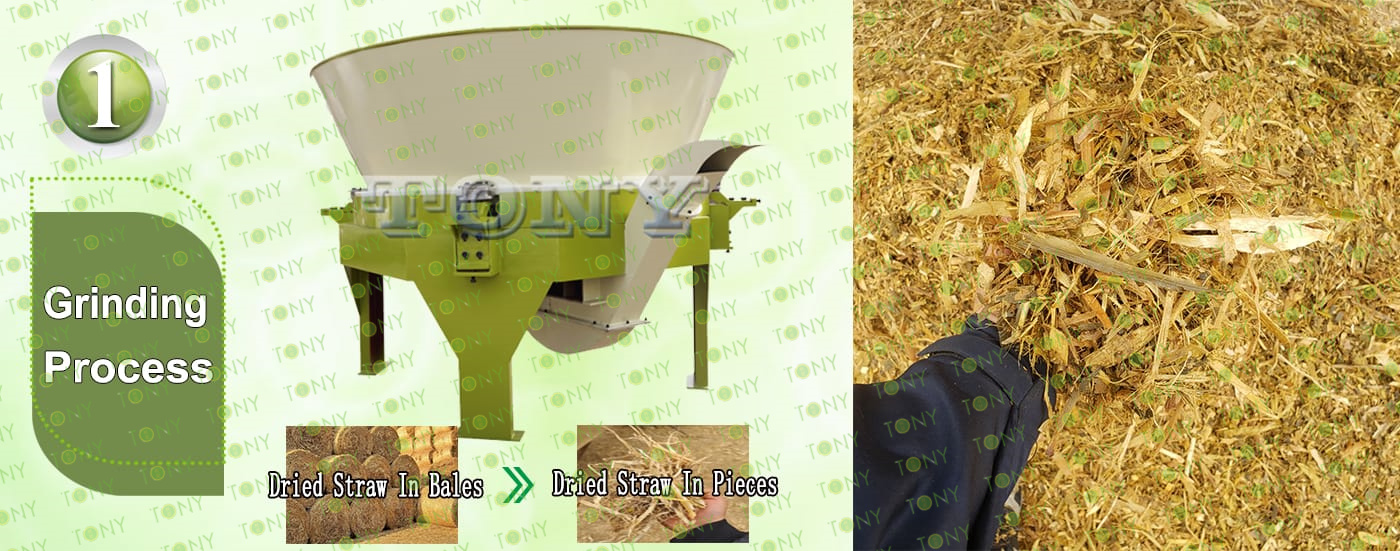
|
1.Grinding Process A.The process is mainly used to grind dried straw within 2.2m in diameter into dried straw pieces. The rotary cutting mode of the outer chain of the gear, the rotary cutting rotor blade is sharp, and the blade types are various, which can be rotated to cut various bundles of wheat straw with different diameters, different thicknesses, different lengths and different water contents B.This customer use TONY Brand TPX2500 model with 2 hard blade and 24 hammers C.Capacity:1-7Ton/Hour/Set Main Parts: (1)TONY's new straw cutter (2) Turntables that can store large quantities of materials (3) High-quality brand motor, strong power (4)Electronic control system allows the equipment to be used normally (5)Contact TONY for more details with quotation |

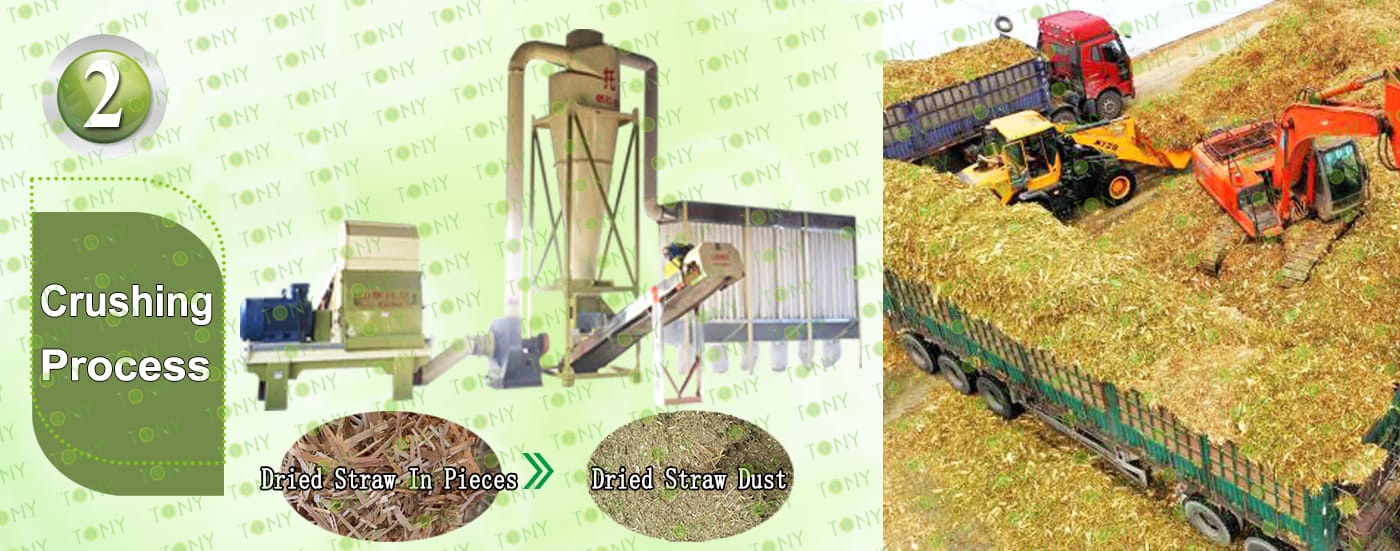
|
2.Fine Crushing Process A. The process is mainly used to crush 60-70mm dried straw pieces into 8-14mm dried straw dust. B.This customer use 1 set TONY Brand Effective Hammer Mill TFD75*132-132KW. C.Capacity: 4-5 tons/hour. Main parts: (1)TONY effective hammer mill. (2)90 hole galvanized dust collector. (3)Sawdust conveying fan. (4)Cyclone with airlock. (5)Electrical cabinet. |

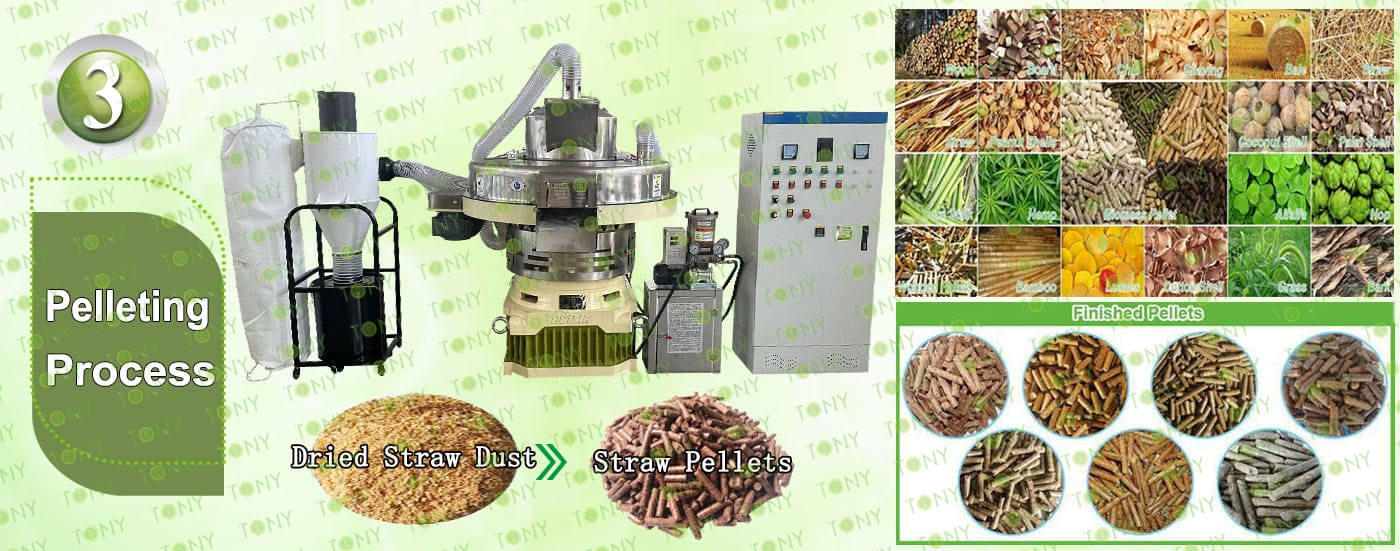
|
3.Pelletizing Process: A.This process is mainly used to products pellets with φ6-8mm. B.The Customer Chose 2 Set Of TONY Brand Vertical Ring Die Pellet Machine TYJ551-Ⅲ-132kw C: Capacity: 2-2.5Ton/Hour/Set.. Main Parts: (1).TONY's new vertical ring die pellet machine. (2).Cyclone and bags dust collectors. (3).Bearings automatic lubrication system. (4).Electrical cabinets. You can choose TONY new type SS304 pellet machine or old type MS pellet machine |

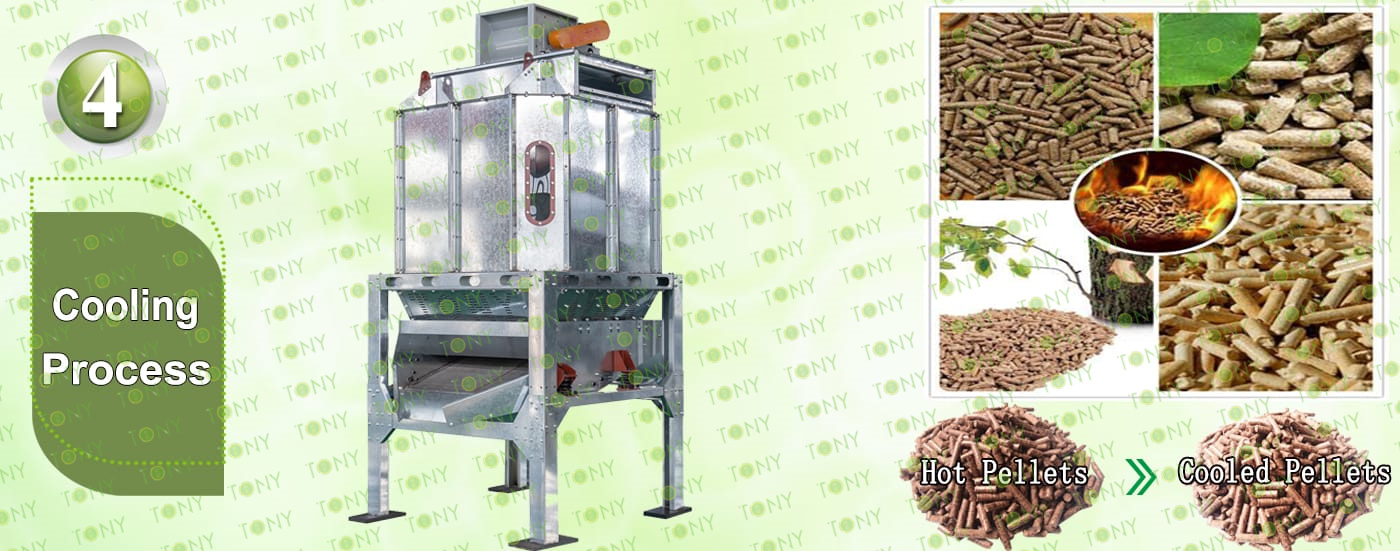
4.Cooling Process:
A.This process is mainly used to cool pellets from 80-90℃ to 20-30℃
B.The Customer Chose 1Set Of TONY Galvanized Pellets Cooler With Capacity 4-5Ton/Hour
Main Parts:
(1) TONY's new Galvanized Pellets Cooler Seperator With Vibrating Screen.
(2) Cyclone and bags dust collectors.
(3) Fan Blower.
(4) Connect Pipes.

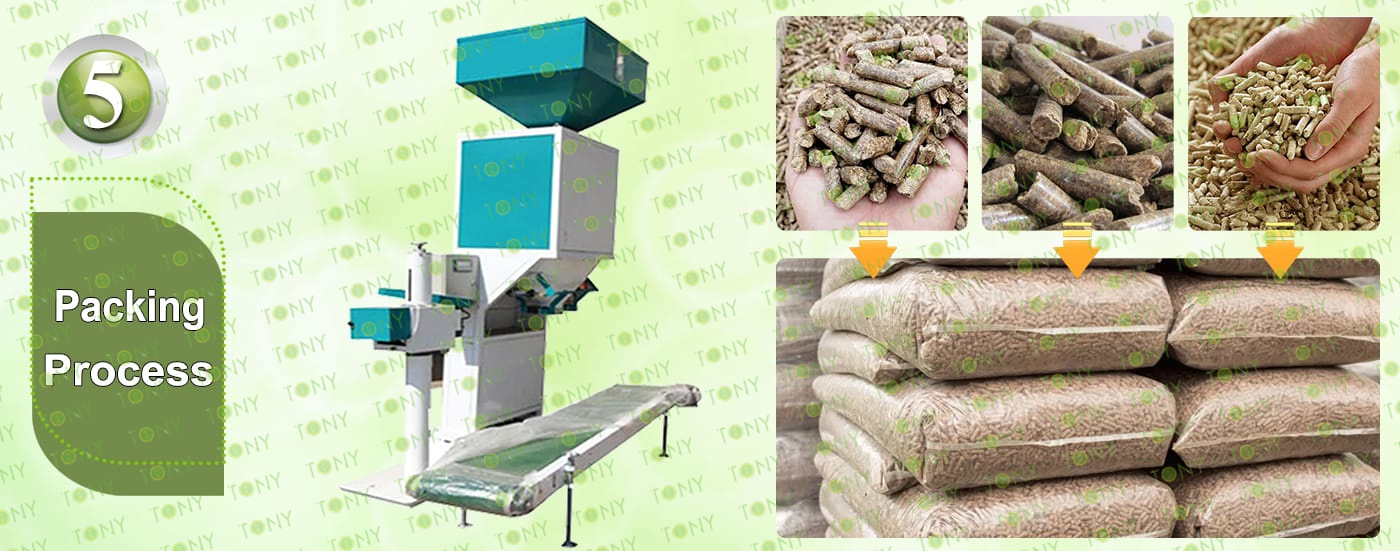
5. Packing Process:
A.This process is mainly used to pack pellets into 15-50KG/Bags.
B.The Customer Chose 1 Set Of TONY Brand Semi-Automatic Packing Machine.
Main Parts:
(1)TONY's new TONY Semi-Automatic Packing Machine.
(2)Sew Machine, buyer Can Also Chose Hot Seal Machine For Chosen,To Confirm With TONY For The Price Difference.
(3)Bags Transportation Conveyors.
(4)Feeding Inlet Silo With 1㎥.
(5)Electrical Cabinets.

TONY Detailed Design 3D Layout With Detailed Size For 4-5Ton/Hour Dried Straw Line According To Cusomer Factor Size
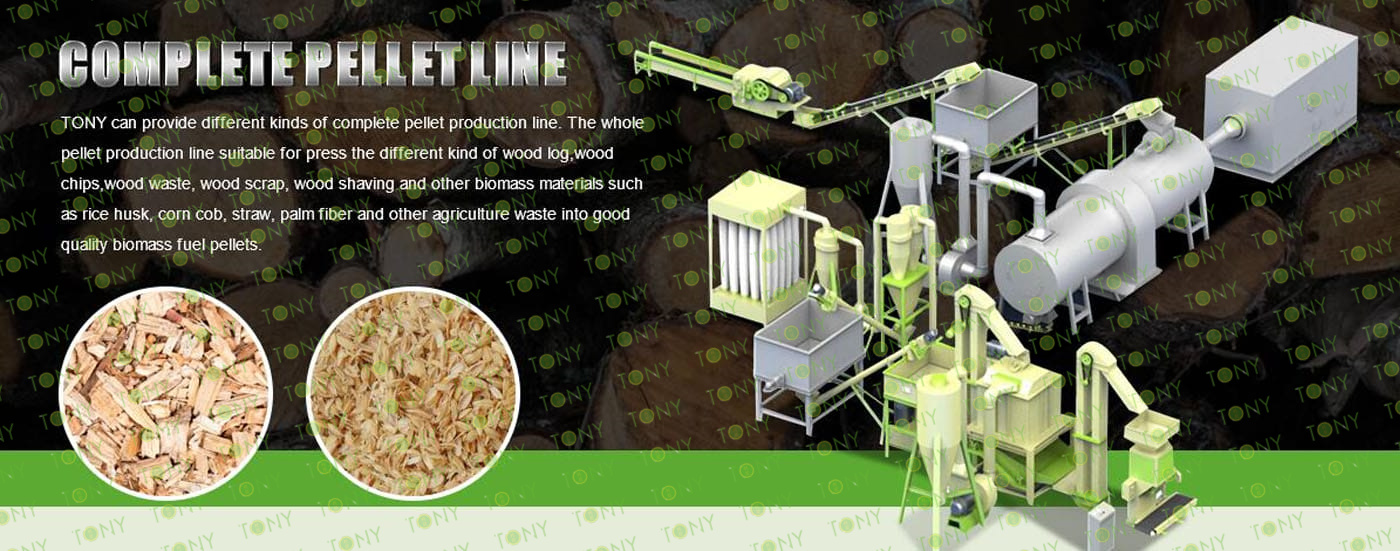

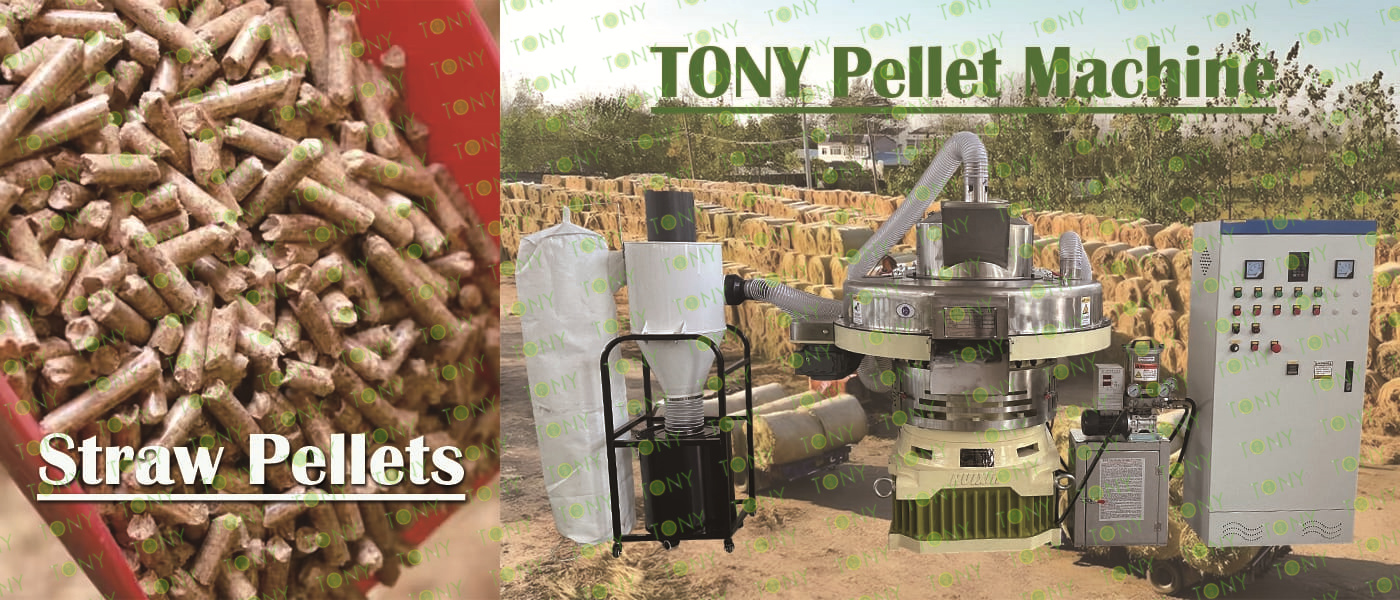
1. With the increasingly severe energy and environmental crisis, biomass energy, as a renewable and clean energy source, has received growing attention. Taking crop straw as an example, its potential for in - depth development is enormous. There are various ways to utilize biomass, and processing biomass into compressed pellet fuel is an advanced approach to biomass utilization. The sulfur content in biomass pellet fuel is less than one - tenth of that in coal. Replacing coal combustion with it can effectively reduce the emission of sulfur dioxide in the atmosphere, and the ash generated after combustion is an excellent natural fertilizer. At present, the gasification combustion of biomass pellets is a clean and environmentally friendly combustion mode, which is of great significance for reducing pollution emissions and protecting the atmospheric environment.
2. Crop straw, as an extremely important resource in agricultural production, is very common in rural areas and exists in huge quantities. For a long time, there has been a lack of good treatment methods for straw. If it is burned on - site, it will cause pollution to the environment. However, choosing straw as the raw material for biomass pellets results in extremely low raw material costs. If there are a large number of straw resources in or around the area, the raw material cost can be almost negligible.
3. Biomass fuel is not only environmentally friendly but also provides an option for the country's energy needs. The market demand for biomass fuel is constantly increasing, and the price of biomass pellet energy made from straw is also rising steadily. For entrepreneurial projects, there is a considerable profit margin. Therefore, using straw to produce biomass pellets has multiple benefits. Besides protecting the environment and helping to solve employment problems, it can also bring considerable economic benefits and ensure the sustainability of energy.


The processing of straw into biomass pellet fuel has many advantages, not only in environmental protection, economy, promoting social development and improving energy structure has obvious advantages, but also its unique combustion performance. Its main advantages are as follows:
1. High Calorific Value
The calorific value of straw-based biomass pellet fuel after combustion is higher, and its ash content is generally lower than that of some traditional fuels. Although the calorific value may be a little lower than high-quality coal, it burns more thoroughly under normal combustion conditions. In contrast, in practical applications, the overall energy release efficiency of straw pellets can be quite competitive.
2. Excellent Ignition Performance
Straw biomass pellets are easier to ignite than coal. The fiber structure of the straw makes it easier to accept the ignition source, greatly reducing the ignition time required to start the combustion process. This feature makes it more convenient for use in various heating and power generation systems.
3. Less Solid Emissions
The solid emission of straw biomass pellet fuel is much lower than that of coal. The solid residue is mainly net ash, which only accounts for about 0.4% ~ 7.0% of the total weight. Coal combustion, by contrast, produces a complex mixture of ash, alkali, and unburned coal, which accounts for about 25 to 40 percent of the total weight. Reducing solid emissions can not only reduce waste disposal costs, but also reduce environmental pollution.
4. Less Air pollution And Corrosion
The degree of air pollution and equipment corrosion of coal is much greater than that of dry straw biomass pellet fuel. Soot contains a large amount of granular carbon and toxic corrosive gases such as so2 and CO. Straw biomass pellet fuel is mainly composed of organic matter. Its flue gas contains no particulate carbon and very little sulfur dioxide gas. Instead, it mainly releases volatile gases with relatively simple compositions. Its sulfur dioxide and carbon dioxide emissions are almost zero. When burned, the smoke color is less than Ringelmann grade 1. This greatly reduces air pollution and carbon dioxide emissions, and straw biomass pellet fuel is known as a "clean fuel" in the energy field.
5. Save Money And Time
The use of straw pellet fuel for boiler operation is lower in cost and time compared to coal. Since dry straw is a common agricultural by-product, its raw material costs are extremely low. In many rural areas where straw resources are abundant, the cost of obtaining raw materials is almost negligible.
6.Continuous Combustion
The continuous combustion time of straw biomass pellet fuels is typically 8 to 10 times longer than that of soft bulk materials. The granular form of the straw allows for a more stable and continuous state of combustion. This ensures a more reliable energy supply, making it suitable for use in continuously operating energy generation facilities such as small power plants or industrial boilers.



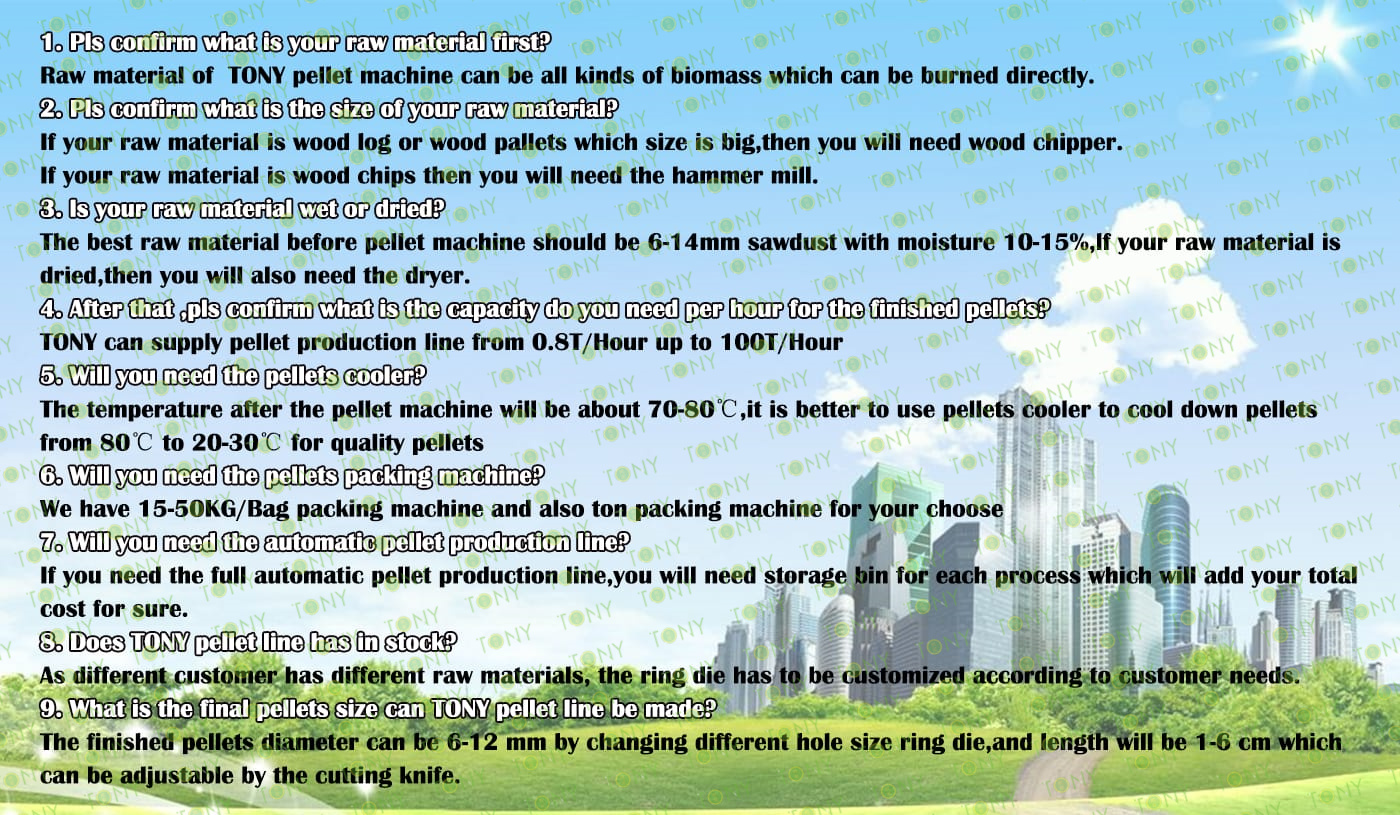

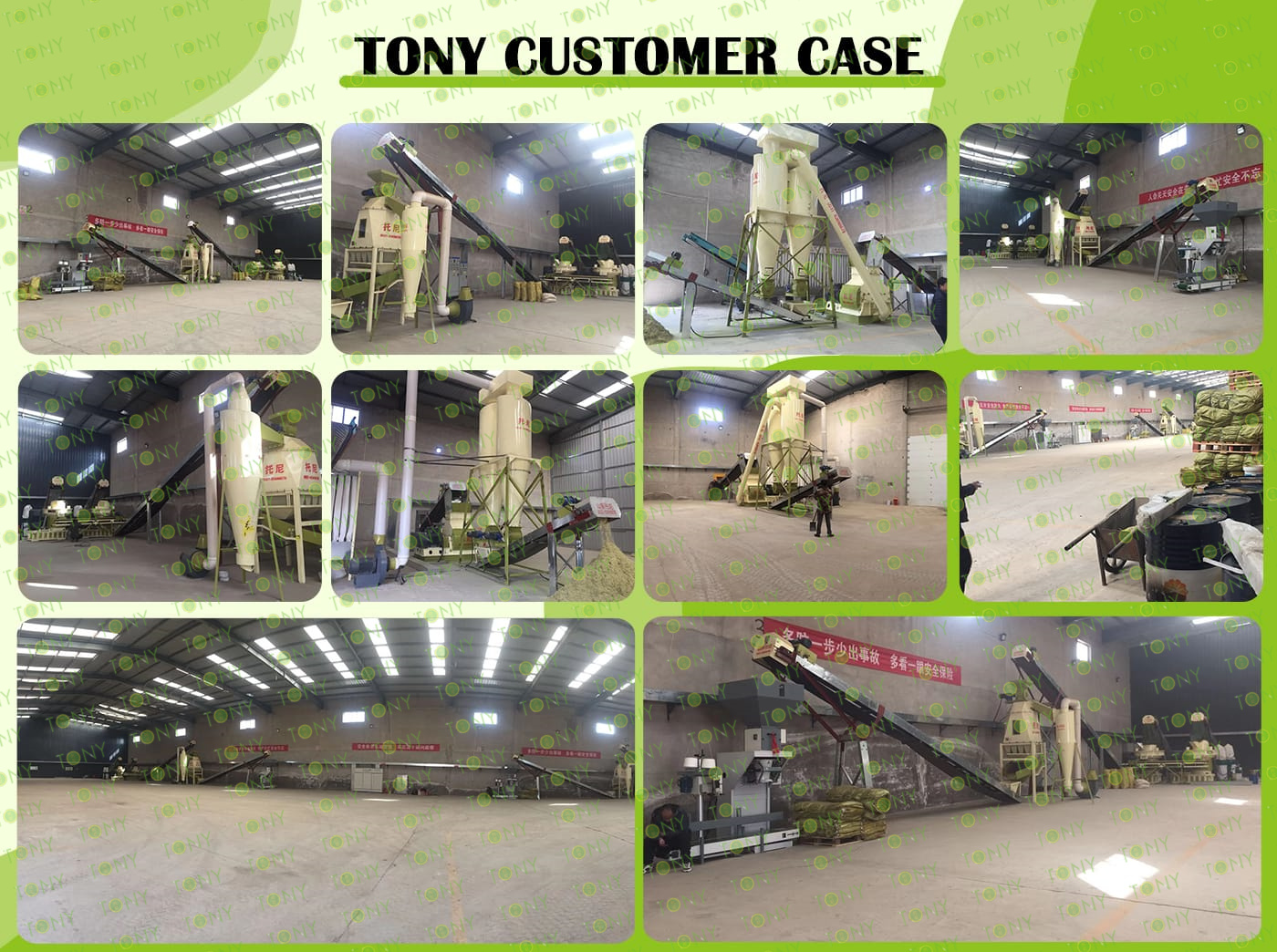
2025 Tony Machinery - All Rights Reserved. Map